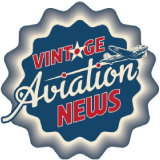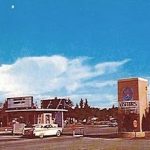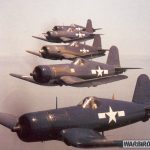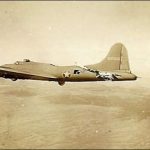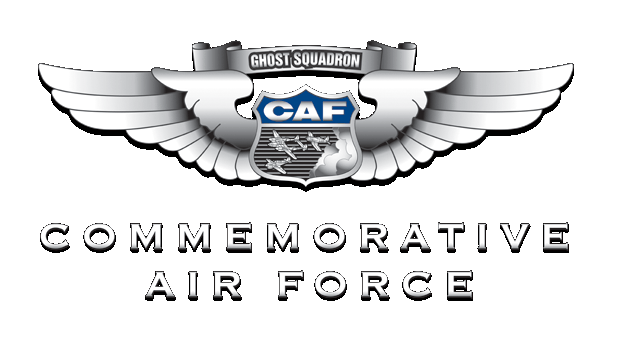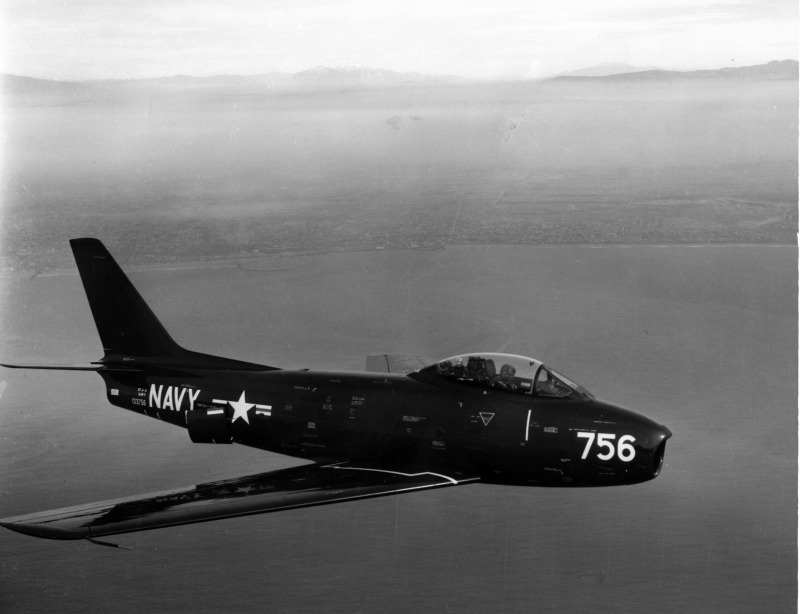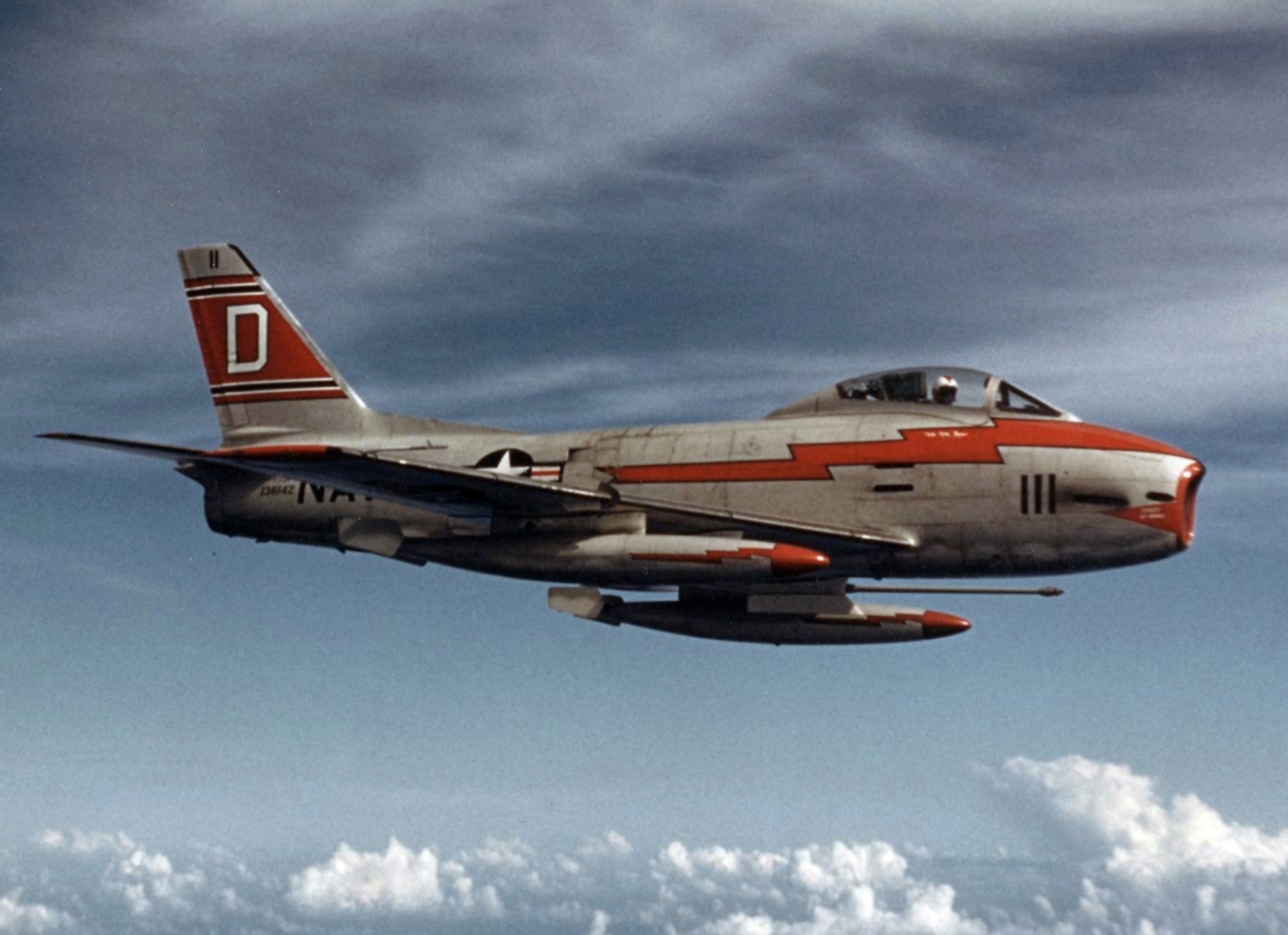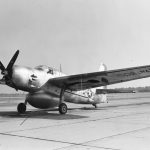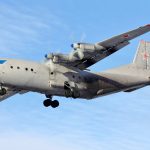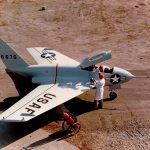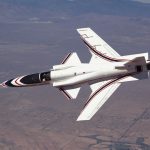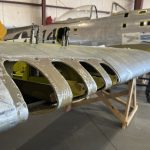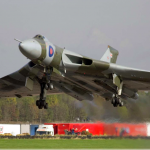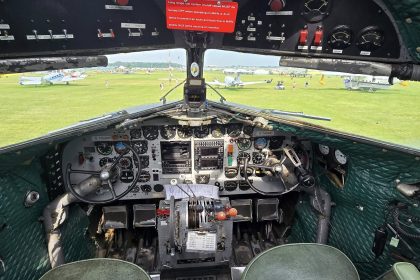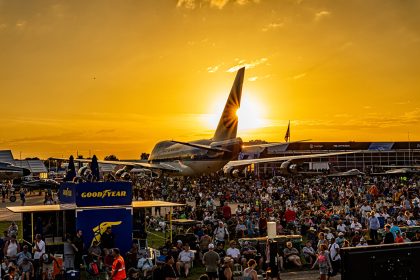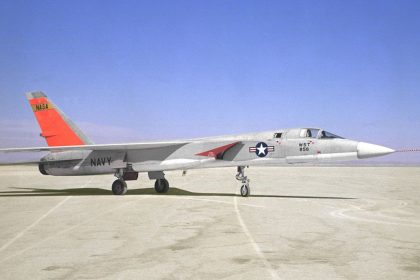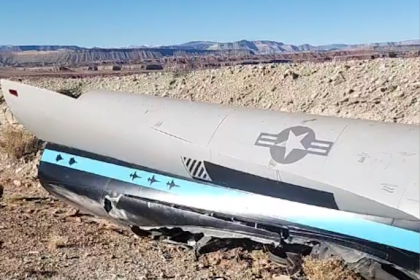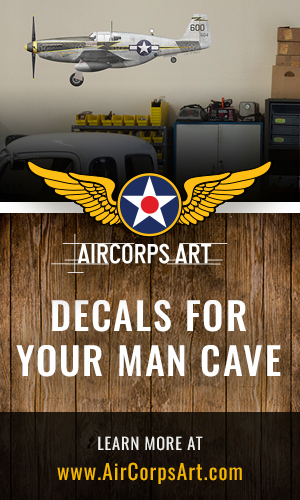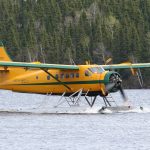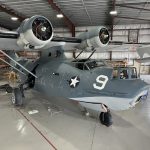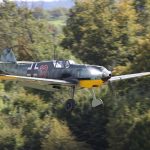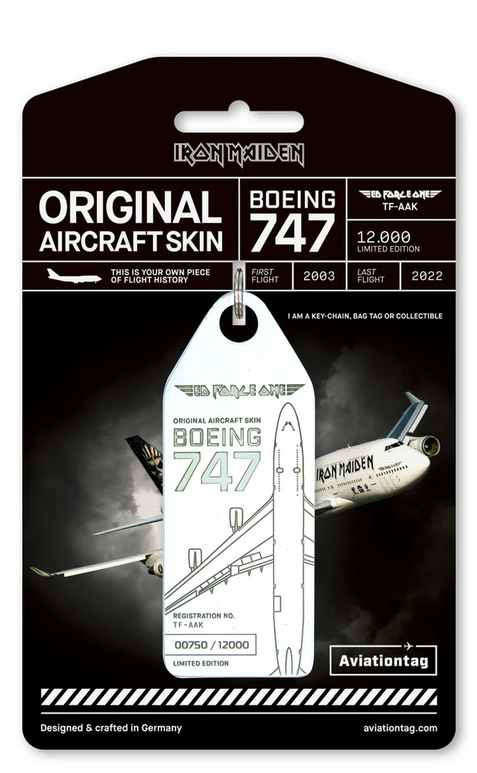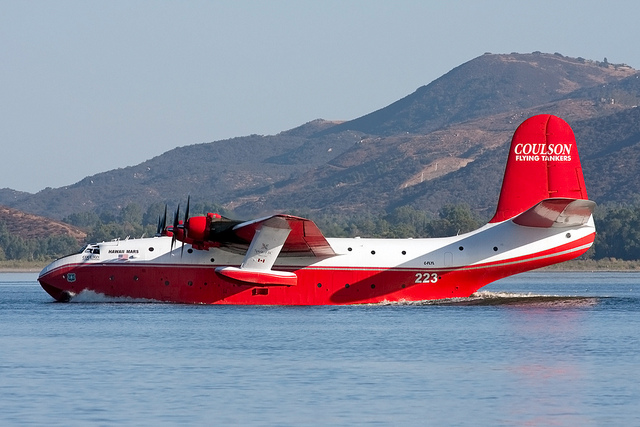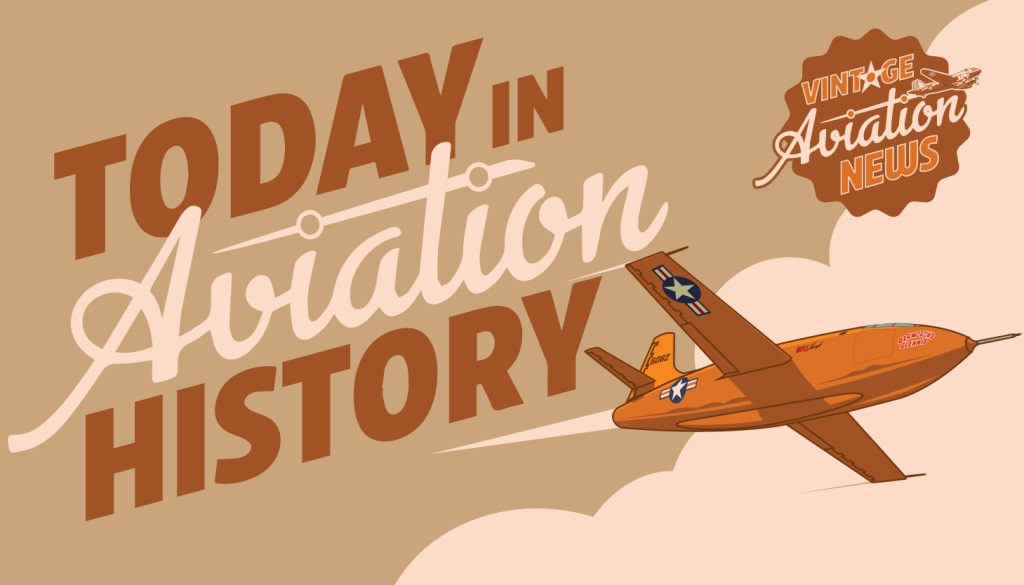
In order to trace the origins of the FJ-2 and the FJ-3, one must look back to the US Navy’s first carrier-borne jet fighters. Many of these, such as the Grumman F9F Panther, McDonnell F2H Banshee, and the North American FJ-1 Fury, possessed straight-wing designs that, while maneuverable at low speeds for jets such as 500 mph, were inadequate for approaching transonic speeds that their Air Force cousins were now set on achieving and maintaining, which were also receiving more powerful engines than those in the 1940s-era Navy jets.
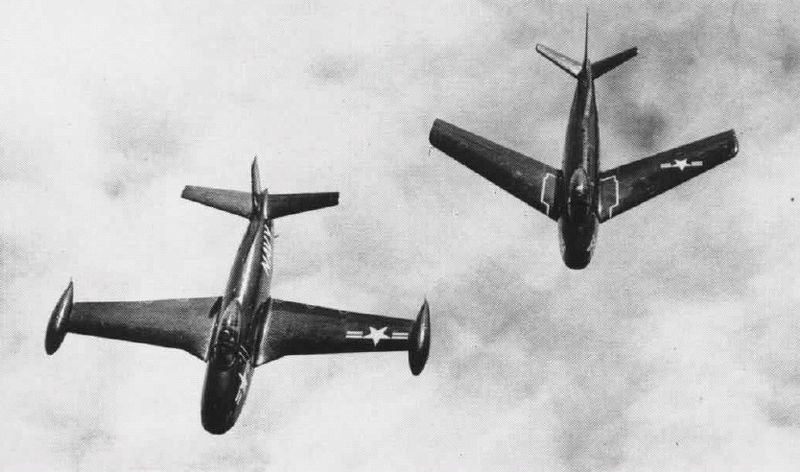
The Navy was already expecting new swept wing fighters that were expected to be capable of higher speeds such as the Grumman F9F-6 Cougar and the Vought F7U Cutlass, but these were still in development when war erupted on the Korean Peninsula in 1950. While the Banshees and the Panthers would distinguish themselves in Korea in aerial combat, providing close air support to ground forces, and escorting strike aircraft such as the AD Skyraider, they were still slower than the Soviet-built Mikoyan-Gurevich MiG-15s, and while, like their Air Force counterparts, the Navy jet aviators were more experienced than the North Korean and Chinese pilots, they knew that faster jets were still needed. In January 1951, North American Aviation began a program to develop a version of the F-86E Sabre that would be suitable for carrier operations. Though the Sabre differed drastically from the FJ-1 Fury, the Navy chose to carry the Fury name onto the new FJ-2, likely in a bid to secure more Congressional funding for a development of the FJ-1.
On December 27, 1951, the third FJ-2 prototype, XFJ-2B Bureau Number 133756, made the type’s first flight at Los Angeles International Airport, with legendary test pilot Bob Hoover at the controls. The three XFJ-2s differed from the F-86E only in the installation of four 20mm autocannons as opposed to the F-86’s six .50 caliber machine guns. The FJ-2 was powered by a single General Electric J47 turbojet engine, the same engine that powered the land-based F-86 Sabre. In August 1952, the FJ-2 fury began its carrier trials on what were then two of the largest carriers in the fleet, the USS Midway (CV-41) and its sister ship the USS Coral Sea (CV-43). Unfortunately, the tests showed that the FJ-2 was not suitable for carrier operations, from its poor low speed handling to its weak nose gear and arrester hook.
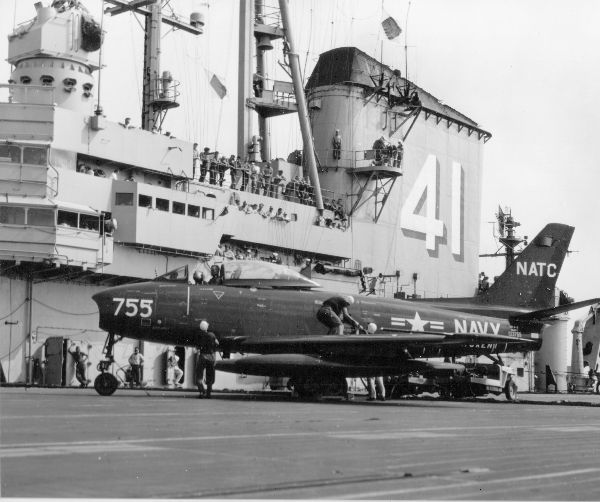
While the XFJ-2s were undergoing carrier trials, the first production aircraft was flown for the first time on November 22, 1952. The production model had received further modifications for carrier operations: The width of the main landing gear’s track was extended a further eight inches from the standard F-86, the outer wing panels folded upward, the windscreen was modified to give the pilot a better view during approach, an all-moving “flying tail” was installed, and the FJ-2 received a stronger nosewheel strut. But even these modifications were not enough to secure the new Fury’s place on carrier flight decks, leading to North American Aviation engineers returning to their drafting tables to design a new variant, while the FJ-2 was relegated to land-based Marine Corps squadrons and reserve units, being retired from service in 1957.
The result of the redesign work was the FJ-3 Fury. The FJ-3 differed from its cousin primarily in the addition of a more powerful Wright J65 engine, a license-built version of the British Armstrong Siddeley Sapphire engine and was to be a fighter bomber as opposed to the FJ-2 being a pure fighter. On July 3, 1953, the prototype FJ-3 Fury, which had originally been built as FJ-2 Bureau Number 131931, was flown on its maiden flight. Unlike the FJ-2, the FJ-3 was operated from the US Navy’s aircraft carriers, many of which were WWII-era Essex-class carriers such as the USS Intrepid (CV-11), USS Bennington (CV-20) and USS Bon Homme Richard (CV-31), but they also served on the first US Navy carrier to be described as a “supercarrier”, the USS Forrestal (CVA-59). Despite some engine troubles, the FJ-3 gained greater acceptance with the fleet than the FJ-2 and was later modified to carry the AIM-9 Sidewinder air-to-air missile as the FJ-3M and in 1956, the Navy retrofitted all its FJ-3s with refueling probes under the left wing to couple to a drogue dragged behind an aerial refueling tanker.
Additionally, other FJ-3 Furies were modified to control SSM-N-8 Regulus submarine-launched cruise missiles, along with the KDU target drone variant of the Regulus, and Grumman F9F-6 Cougars modified to become F9F-6K target drones. The FJ-3 also served as a basis for the development of the last of the North American Furies, the FJ-4, which had a thinner wing and greater internal fuel capacity. The last FJ-3s were retired in 1962 but not before the Department of Defense under Secretary Robert McNamara unified the Air Force and Navy designation system, making the FJ-3 and FJ-4 the F-1C and F-1E respectively.
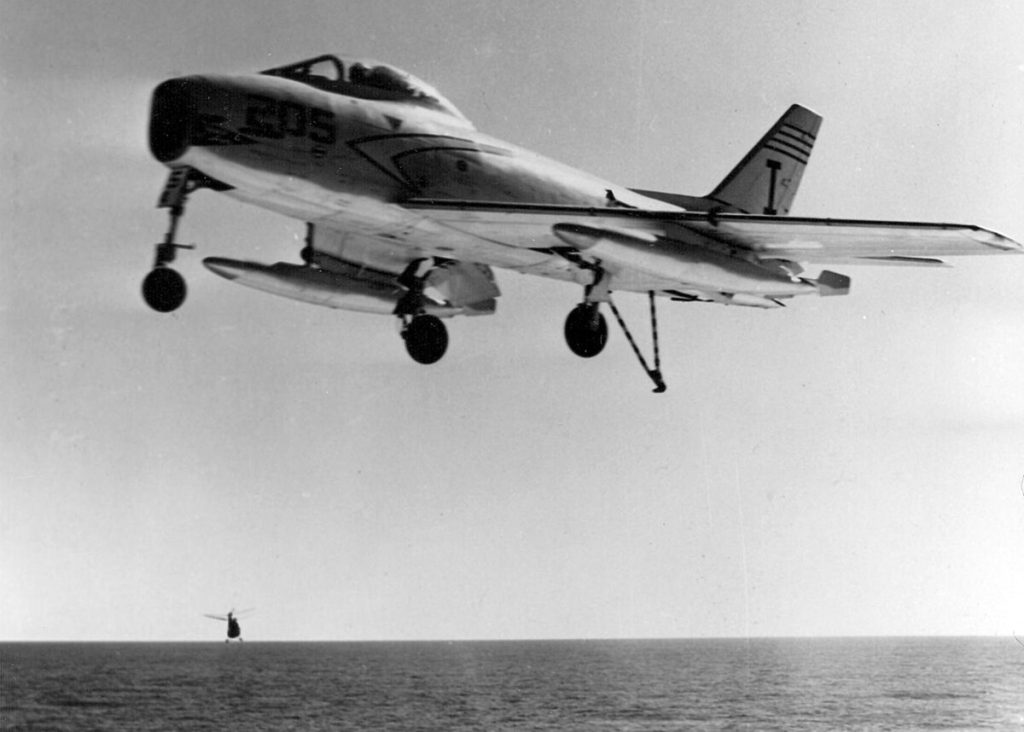
Today, there are two FJ-2s and seven FJ-3 Furies on display at museums across the United States, with three examples currently on display aboard the retired aircraft carriers Intrepid, Hornet, and Midway respectively. The legacy of the North American FJ-2/-3 Fury is of an aircraft that helped the US Navy stay competitive with the US Air Force and protect the fleet, having never been called upon to fire its guns in anger. The surviving examples stand today as monuments not only to the pilots who flew them but to the designers and engineers that drafted them from paper and slide rulers, and the maintenance personnel who kept them ready to fly on a moment’s notice.
Today in Aviation History is a series highlighting the achievements, innovations, and milestones that have shaped the skies. All the previous anniversaries are available HERE
